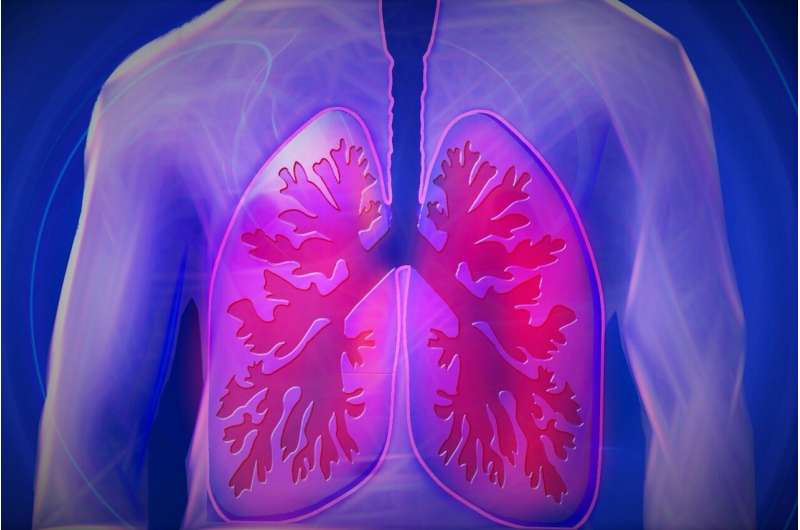Revolutionary AI Tool Achieves 96% Accuracy in Assessing Fertilization-Competent Human Sperm

A novel AI model developed by the University of Hong Kong achieves over 96% accuracy in identifying human sperm capable of fertilization, promising to revolutionize fertility diagnostics and treatments worldwide.
A pioneering development from the University of Hong Kong's Department of Obstetrics and Gynecology introduces the world's first artificial intelligence (AI) model capable of precisely identifying human sperm with the potential to fertilize an egg. This groundbreaking technology promises to transform both diagnostic procedures and assisted reproductive treatments globally.
The AI system evaluates sperm morphology by analyzing its ability to bind to the zona pellucida (ZP), which is the egg's outer coating. Traditionally, assessing sperm quality has involved manual, subjective analysis under a microscope, leading to variability and potential inaccuracies. In contrast, this innovative AI model automates the process, yielding a clinical validation accuracy exceeding 96%, greatly surpassing previous standards.
This advancement not only accelerates assessments but also enhances their reliability, minimizing human error and offering a more precise evaluation of male fertility. These improvements could significantly increase success rates in fertility treatments such as IVF and ICSI. The findings have been published in the journal Human Reproduction Open.
Infertility affects approximately 1 in 6 couples worldwide, with male factors contributing to 20%–70% of cases. As the WHO projects infertility to become the third most common disease globally, improving diagnostic tools is essential. Current semen analysis methods—evaluating sperm count, motility, and morphology—are limited by subjective judgment and variability between laboratories, often resulting in inconsistent predictions of fertilization potential.
The new AI model leverages the natural selection mechanism in fertilization, where only sperm capable of binding to the ZP succeed. By analyzing morphological traits linked to this binding ability, the system provides a reliable estimate of sperm fertilization potential, with a clinical threshold set at 4.9%. Men with less than this percentage are identified as higher risk for fertilization difficulties, enabling clinicians to tailor treatment plans more effectively.
Extensive validation using over 40,000 sperm images from 117 men demonstrated the model's high accuracy. When trained on data from more than 1,000 sperm images, the AI achieved a diagnostic accuracy rate above 96%. This steady validation underscores AI’s potential to serve as an objective, reproducible tool that enhances male fertility assessment.
By adopting this technology, fertility clinics worldwide could reduce the time and cost associated with repeated ART attempts, diminish psychological stress for patients, and improve overall success rates. The research team is currently involved in large-scale clinical trials to further confirm the model's efficacy, aiming to integrate it into standard fertility assessment practices in the near future.
Source: https://medicalxpress.com/news/2025-08-ai-powered-tool-human-sperm.html
Stay Updated with Mia's Feed
Get the latest health & wellness insights delivered straight to your inbox.
Related Articles
Breakthrough in Lung Transplant Technology: Portable Preservation System Enhances Outcomes for Extended Criteria Donor Lungs
Baylor College of Medicine confirms that the portable Organ Care System improves lung transplant outcomes from extended criteria donors, expanding the donor pool and benefitting recipients long-term.
Innovative AI Tool Enhances Data Fairness and Accuracy to Advance Healthcare Algorithms
Mount Sinai researchers develop AEquity, a groundbreaking AI tool that detects and reduces biases in health datasets, improving the accuracy and fairness of medical algorithms for better patient outcomes.
US Advises Seniors Against Getting Chikungunya Vaccine Due to Safety Concerns
US health officials advise travelers aged 60 and above to avoid the chikungunya vaccine amid ongoing safety investigations due to potential side effects in older adults.



